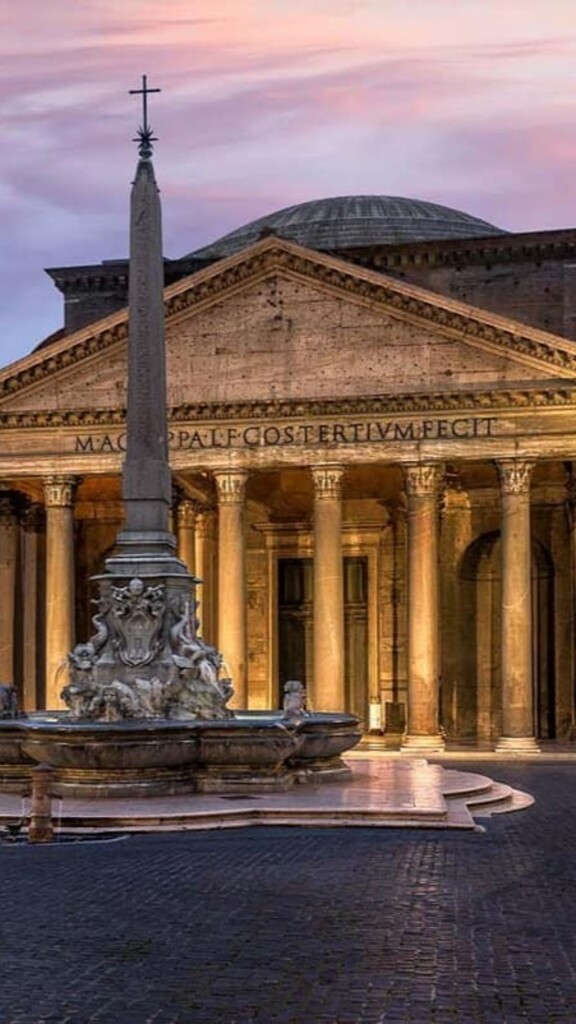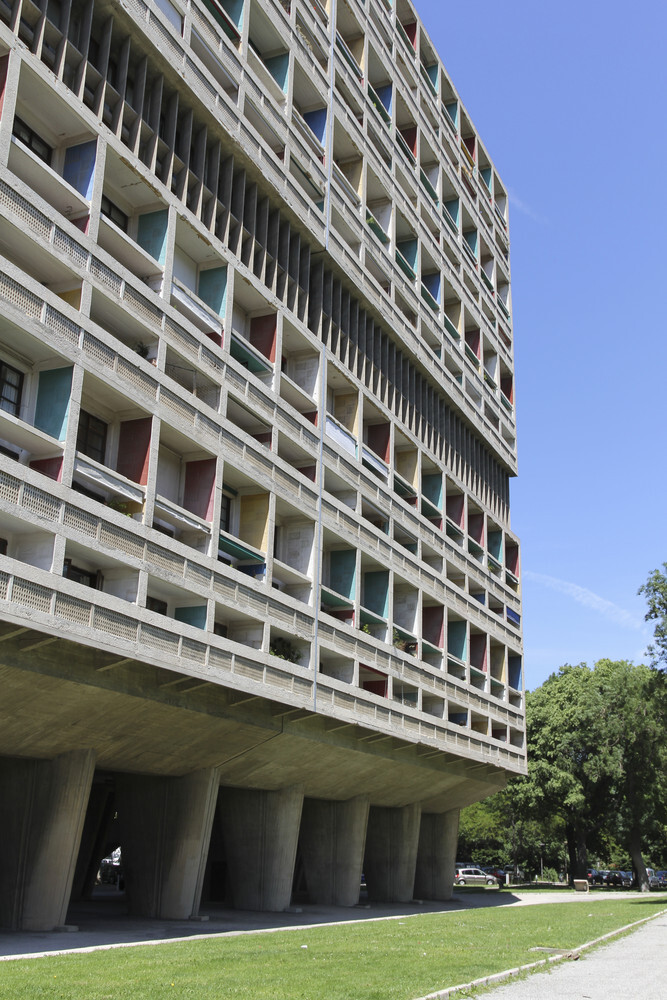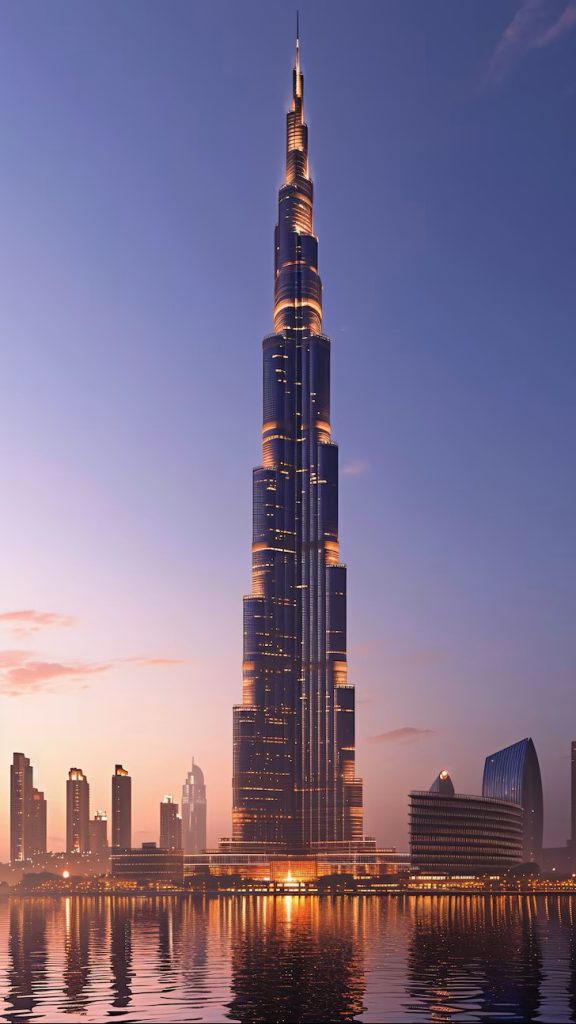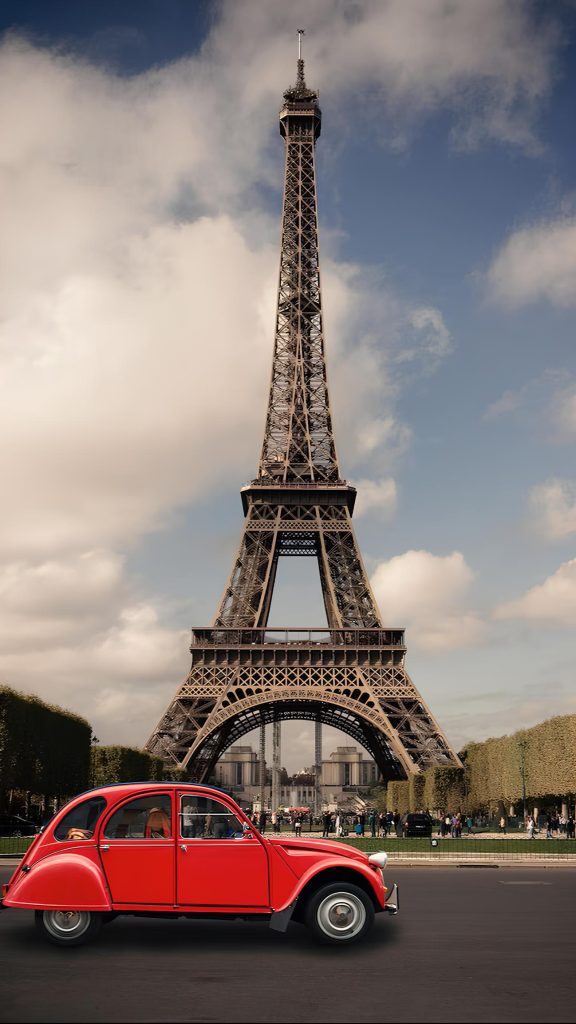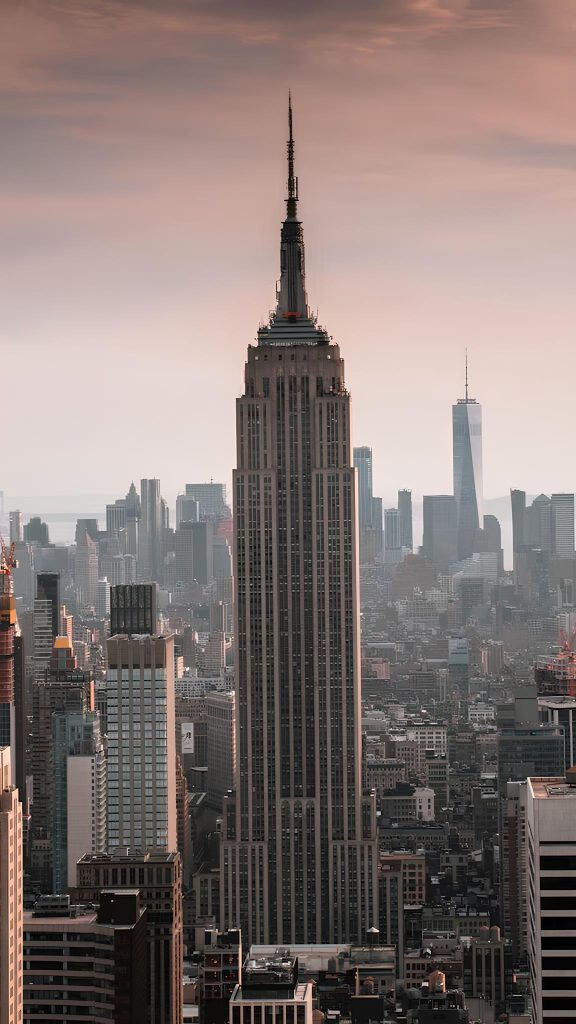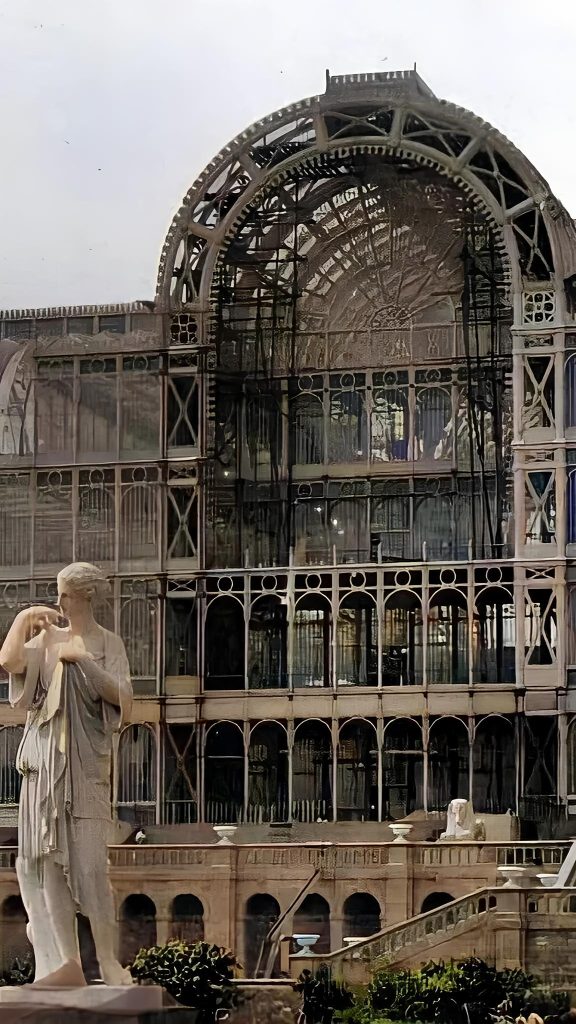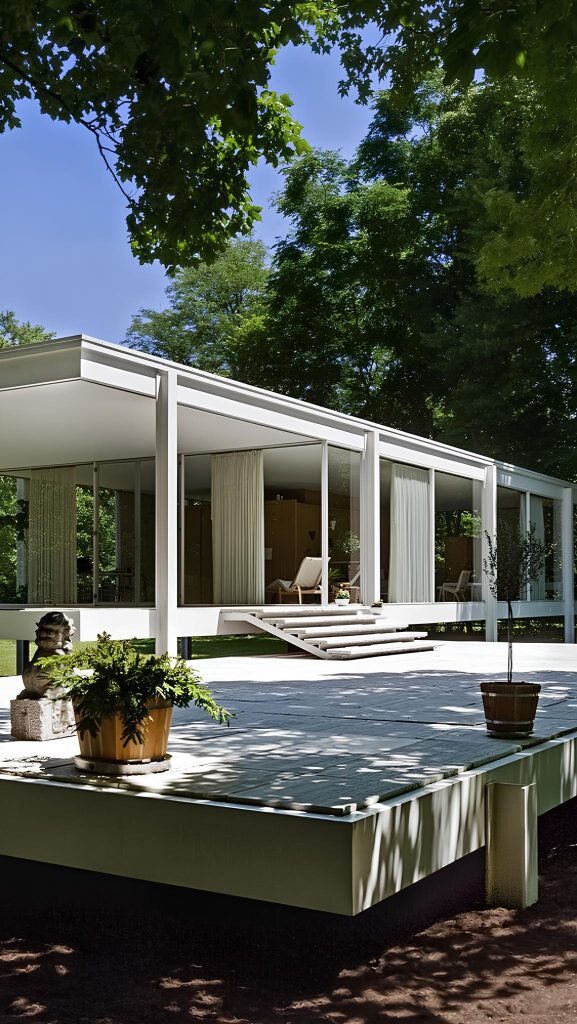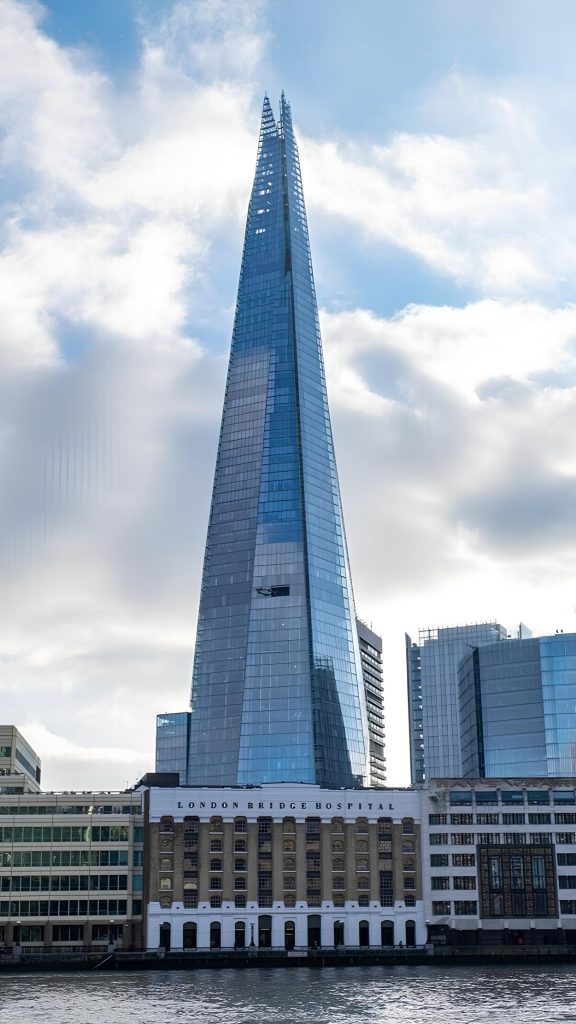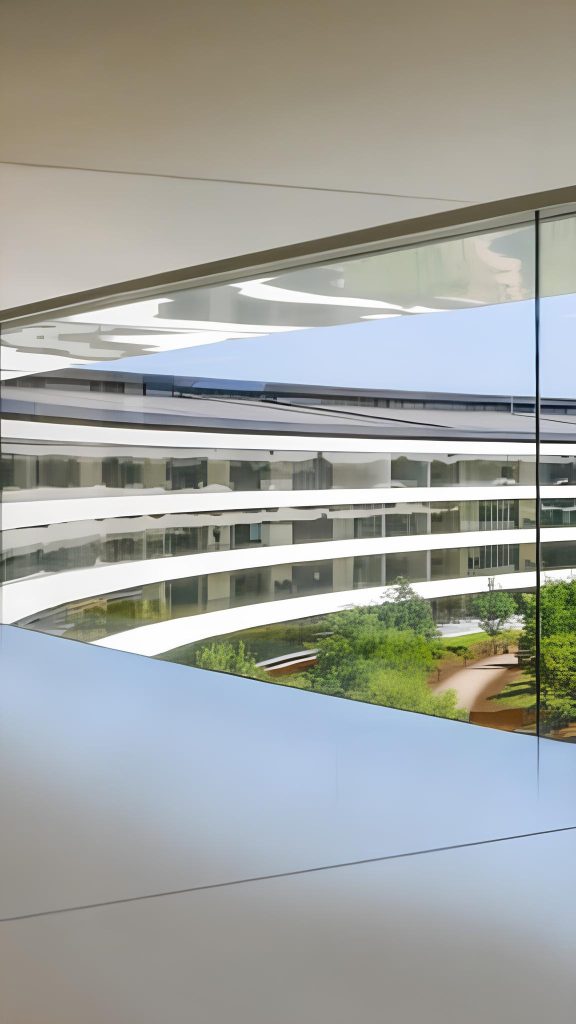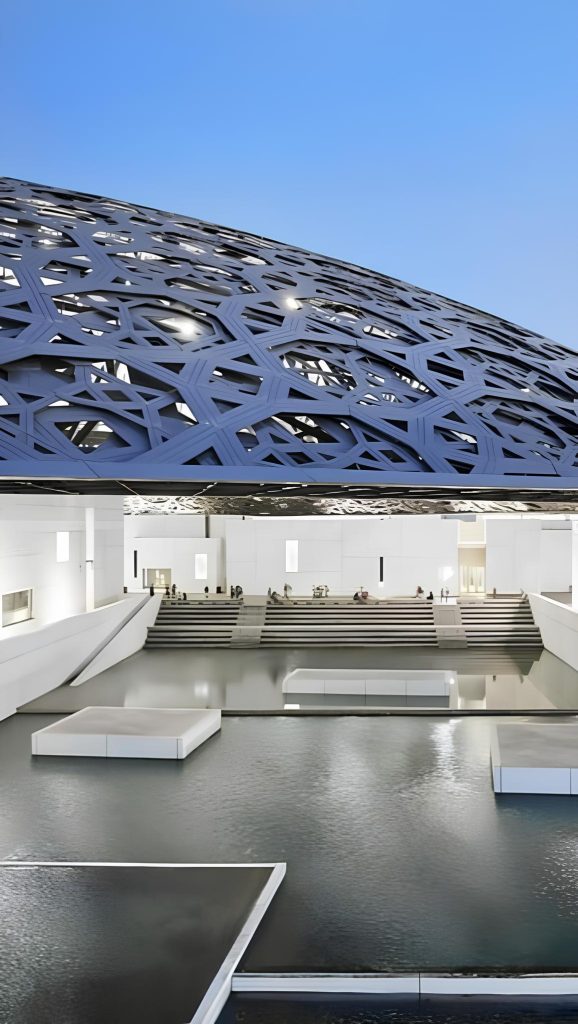Concrete, Steel, and Glass: Fascinating Stories Behind Legendary Buildings and Iconic Architecture
Every great building tells a story—not just of design and function, but of the materials that brought it to life. Among all the innovations that shaped the skyline of the modern world, three materials stand out as true game changers: concrete, steel, and glass.
From the Roman Pantheon’s dome to the shimmering glass towers of today’s megacities, these materials have not only defined eras, they’ve defined civilizations.
In this post, we’ll uncover the stories behind timeless buildings made from these materials and understand why they matter more than ever in 2025.

